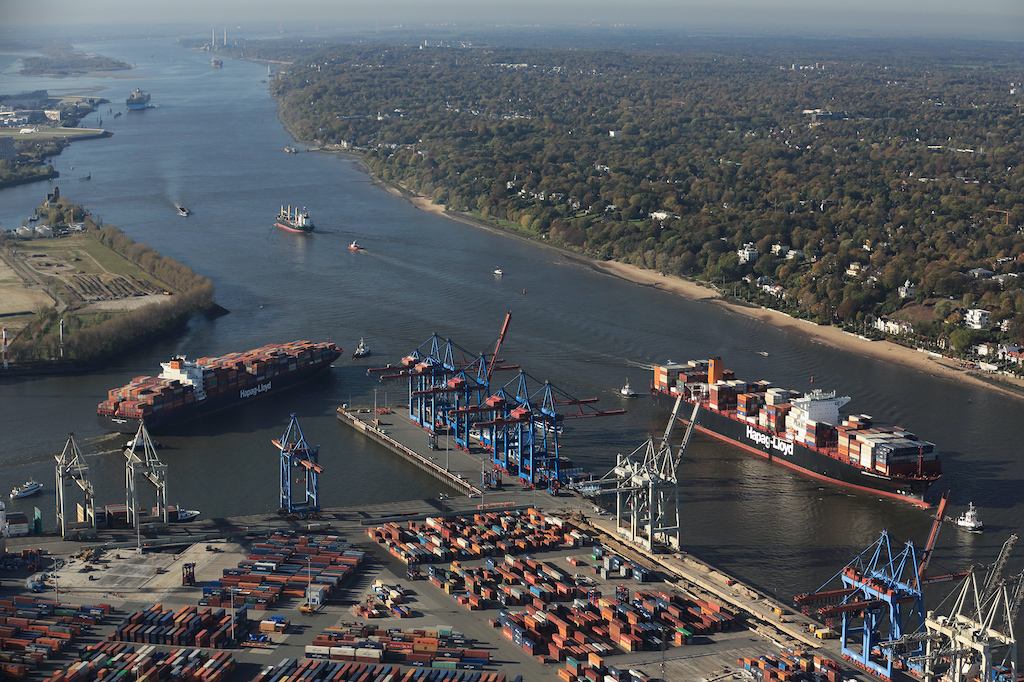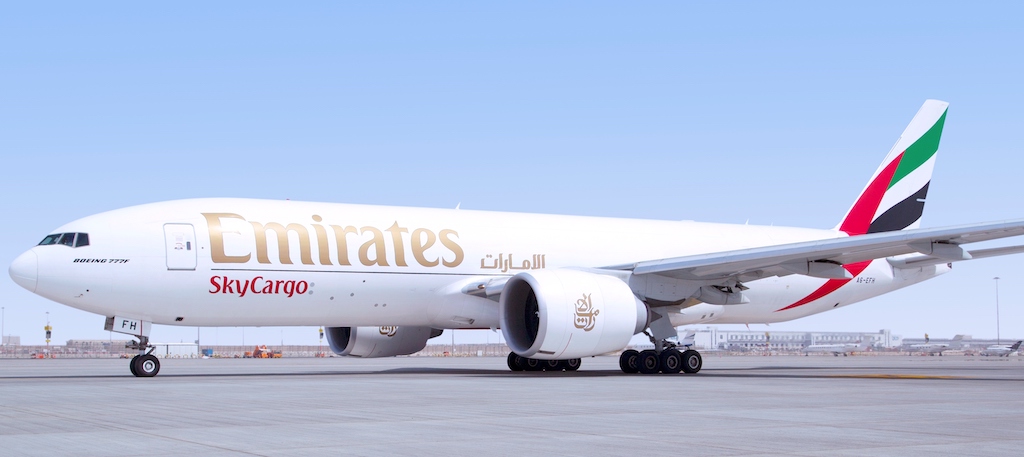Container handling down 6.6% at 2.2m TEU.

Seaborne cargo throughput at Port of Hamburg in the first quarter of 2020 was 7.9% lower at 31.9m tons, as the coronavirus pandemic hit volumes.
Container handling at the Germany boxport was 6.6% lower at 2.2m TEU.
Container hinterland transport services remains “comparatively stable,” while the drop in demand for transhipment handling was more obvious.
The Port of Hamburg remains fully operational.
Axel Mattern, Joint CEO of Port of Hamburg Marketing, said: “The partial shutdown of the Chinese economy, resulting in blank sailings in shipping, has led to lower cargo handling in Hamburg as well.”
In the container handling segment, Q1 volume trends varied among the port’s most important partner countries.
At 579,400 TEU, the total number of containers handled during Q1 in the port for China, its most important trading partner, was 14.6% lower.
“The downturn in seaborne cargo throughput with China is explicable in connection with the repercussions of the corona crisis,” said Mattern.
Following in second place in the ranking of Hamburg’s container partners, in the first quarter the US accounted for 146,100 TEU, still reporting 20.7% growth.
“This strikingly good trend in container services with the US is attributable to four container services newly started from Hamburg at the beginning of 2019. These made excellent progress and ensured larger throughput volumes, above all with US East Coast ports,” said Mattern.
In third place with 111,000 TEU, Singapore also achieved an advance in the first three months of the year. Growth of 10.5% was reported for seaborne container traffic.
Mattern believes that the trend can be explained by the transfer of transhipment services from other Asian countries to Singapore.
In Hamburg, by contrast, the transhipment sector, or container throughput between ocean-going and feeder vessels, was especially affected by the corona crisis with a decline of 10.8% to 772,000 TEU.
Seaport-hinterland container services by rail, truck and inland waterway craft proved more stable in the first quarter, volume being just 4% lower at 1.4m TEU.
Of such significance for the Port of Hamburg, railborne freight transport, down 4.3% at 11.9m tons, or 4.6% at 663,000 TEU, on the first quarter of 2019, was still at a considerably higher level than the 612,000 TEU for I/2018.
Said Jens Meier, CEO of HPA: “In recent weeks the Port of Hamburg’s superb hinterland connection has played a major part in ensuring that even in difficult times its effectiveness has remained unimpaired.
“Despite temporarily lower container volumes caused by the corona crisis, in the first quarter the Port Railway was able to report stable utilization and indeed even to improve on the 2018 level.
“That was by no means to be taken for granted, but is the result of systematically boosting efficiency and continuously expanding the Hamburg Port Railway.”
Asserted Mattern: “From June, it is entirely possible that with a gradual pick-up in the economy in China and Europe, we shall be seeing an increase in sailings and rising volumes on port throughput and seaport-hinterland services,” .

